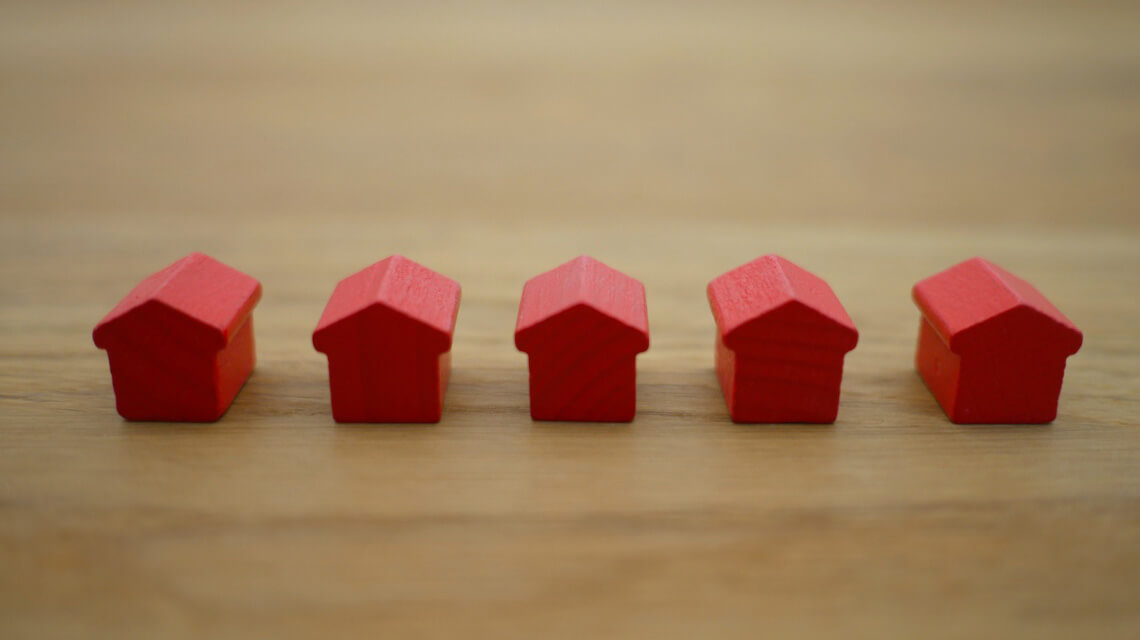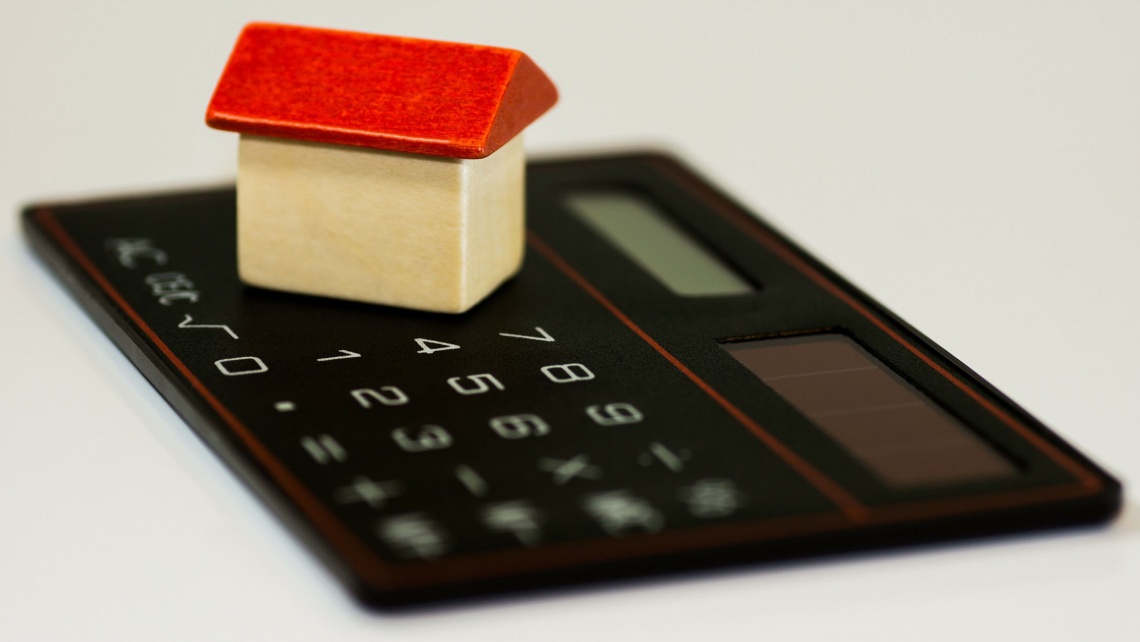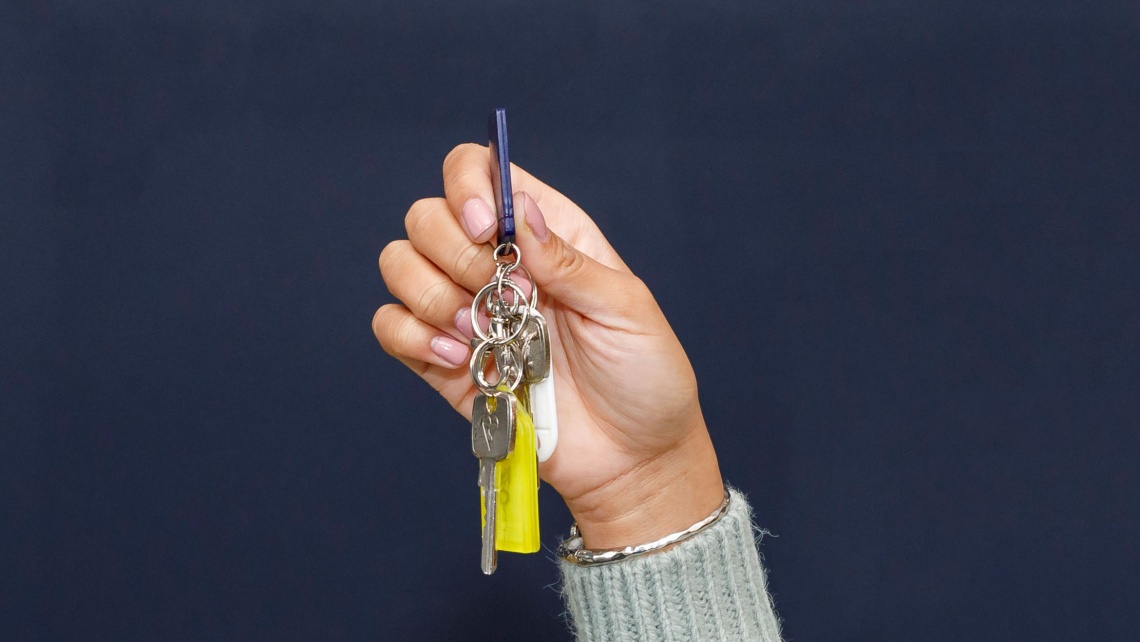When a buying a property that is not the only residential dwelling that you own, you will pay a higher rate of Stamp Duty Land Tax. HMRC calls this charge the ‘Higher Rates on Additional Dwellings’ or ‘HRAD’.
What is Stamp Duty Land Tax?
Stamp Duty Land Tax (or SDLT as it is commonly abbreviated) is a UK tax that you may be liable to pay if you are buying a property.
The amount that you pay is determined by various factors, including the property price, your buyer status e.g. first-time-buyer or overseas investor, and if the property will be your second home or investment. The rate is calculated according to different bands and can be determined using a Stamp Duty calculator, like this one.
If you are a second home buyer you will pay a surcharge of 5% on the standard SDLT rates. This new rate took effect from 31 October 2024.
Read our full guide on Stamp Duty here.
What is a second home buyer?
Should you be buying a second property as a Buy-to-Let investment, for a holiday home, as a commuter pied-a-terre or for any other purpose, you will be classified as a second home buyer and will have to pay the additional stamp duty charge for second homes.
You have to pay the extra rate even if the property you already own is abroad. It also applies if you own a share in a property.
It is important to note that the rules do not apply only to you, as the buyer, but also to anyone you’re married to or buying with. Married couples and civil partners are classified as a single unit and, for the purposes of the higher rates, can only own one main residence between them at any one time. Similarly, if two or more people are purchasing a property jointly, if any of the joint purchasers has two or more properties at the end of the transaction date and they are not replacing a main residence, the whole of the new property purchase will be subject to the higher rates of SDLT.
Are there exclusions from the HRAD Stamp Duty for second homes?
There are a few cases where you won’t have to pay the additional SDLT rate.
Firstly, anyone buying a home they intend to live in won’t pay the additional rate provided they have sold their existing home by the end of the day of the new property purchase transaction or no more than three years prior to the new property purchase transaction. In the event of a delay in the sale of your previous main residence that causes you to own more than one property temporarily, the higher rate will still apply but you can request a refund provided the sale of the old residence occurs within 3 years of the purchase of the new residence. In this case you must apply to HMRC for the refund within twelve months of the purchase of the new residence or the sale of the old residence whichever is later.
If the property is a mixture of residential and non-residential, for example a shop with a flat above it, the whole transaction is subject to lower commercial rates of SDLT.
Property assets which are ‘movable’ such as a caravan, mobile home or houseboat, are not classified as a second home, unless they become a permanent fixture.
Finally, any property you own that is valued at less than £40,000 is considered ‘low value’ and is ignored for the purposes of HRAD.
How much SDLT will I pay on my second home?
The amount of SDLT you ultimately pay depends on the purchase price of the property.
As a second home buyer you will pay the standard rate plus a 5% surcharge (as of 31 October 2024).
The easiest way to work out how much SDLT you will pay is by using our stamp duty calculator.
Click here to start your property search with Galliard Homes or call to speak to our sales team - 020 7620 1500





